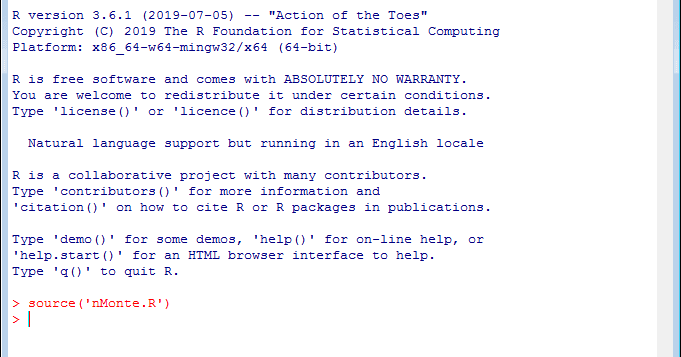What PIE absolutism? We have deciphered Hittite language,arguably the most important member of that Anatolian family to a good extend. If Minoan was related to it, there is a good chance we would have deciphered that one too since we have so many Linear A inscriptions. If I would have to bet, I would expect Minoan to be a language originating in Caucasus or Zagros mountains.Link, please.
With the rest of your post, I disagree.
It's a pre-Greek word that survived.
Hittite is Indo-Anatolian, indeed, but one of many?
Southern Arc has demonstrated that PIE absolutism is a thing of the past.
As for water, this is getting a bit ridiculous, you are debating against cold hard facts:
https://twitter.com/lexicon_gr/status/1171011493250392065?s=46&t=5Atn3eYq-I2RER4mdPom8A
Φρύνιχος (2nd century AD) which was an atticist (which means a language purist) and a proper grammar Nazi of the era, is requesting from his contemporary Greek speakers to say πρόσφατο or ακραιφνές ύδωρ instead of νηρόν ύδωρ. Νηρὸν ὕδωρ μηδαμῶς͵ ἀλλὰ πρόσφατον͵ ἀκραιφνές. It doesn?t get any clearer than that.


